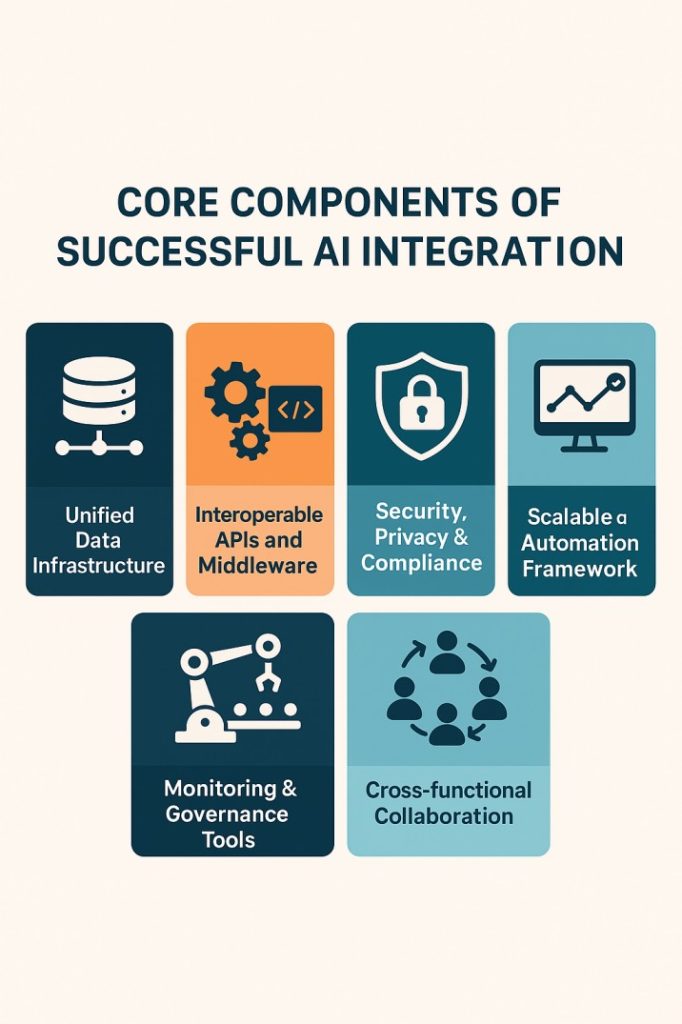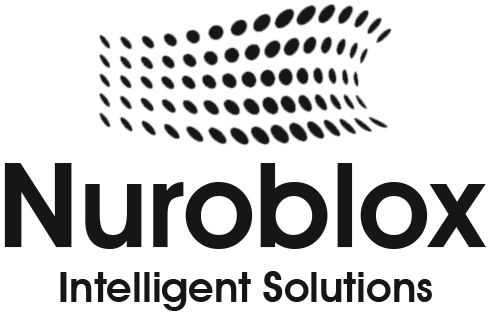Enterprise AI Integration- Strategies for Scalable Success
As businesses adopt more AI tools to improve decision making and automate work, one major challenge remains- how to connect AI with the systems and processes already in place.
That’s where enterprise AI integration comes in, bringing AI into your core platforms like ERP, CRM, and internal databases so that it works seamlessly within your existing workflows. It’s not just about using AI, it’s about using it at scale, securely, and with impact.
In this blog, we’ll break down what enterprise AI integration means, why it matters, and the strategies companies can use to make it successful. Whether you’re looking to automate operations, improve customer experiences, or unlock more value from your data, this guide will help you take the next step with AI the smart way.
Why Enterprise AI Integration Matters
As AI technologies become more powerful and accessible, many organizations are eager to harness their potential. But simply having AI tools isn’t enough. The true value comes when AI is deeply integrated into everyday enterprise systems and workflows.
Without integration, AI remains siloed, disconnected from the business processes it’s meant to improve. That means missed opportunities for automation, insights, and efficiency. With proper integration, AI can enhance existing platforms like ERP, CRM, HR systems, and industry specific tools, driving real time decisions and smarter operations.
For example–
- In finance, AI can streamline invoice approvals inside ERP systems.
- In customer service, it can automatically classify and prioritize tickets within your CRM.
- In HR, it can help with candidate screening directly from your ATS.
Integrated AI also helps maintain consistency, governance, and security, ensuring that all automation aligns with your organization’s standards and compliance needs.
AI integration turns isolated innovation into scalable impact. It’s how enterprises move from experimentation to transformation.
Core Components of Successful AI Integration

Integrating AI into enterprise systems isn’t just about connecting tools it requires a solid foundation that ensures performance, security, and scalability. To truly succeed, organizations must focus on a few critical building blocks that enable seamless and sustainable AI deployment across the business.
Here are the core components of effective enterprise AI integration-
1. Unified Data Infrastructure
AI thrives on data, but that data must be accessible, clean, and consistent.
- Break down data silos across systems (CRM, ERP, cloud apps, etc.)
- Standardize formats and structures for reliable inputs
- Enable real time data access through modern data lakes or warehouses
Without the right data backbone, even the best AI models can’t perform accurately.
2. Interoperable APIs and Middleware
Seamless integration relies on APIs (Application Programming Interfaces) that let AI tools “talk” to your enterprise systems.
- Use API first platforms to ensure flexibility and system compatibility
- Leverage middleware or integration layers to connect legacy tools with modern AI engines
- Adopt event driven architectures for real time automation
APIs are the bridges that connect AI intelligence with real world action.
3. Security, Privacy & Compliance
AI systems must adhere to enterprise grade security and data protection standards.
- Enforce role based access control (RBAC) and audit trails
- Ensure data encryption in transit and at rest
- Maintain compliance with regulations (GDPR, HIPAA, SOC 2, etc.)
Secure integration protects sensitive data while building trust across the organization.
4. Scalable Automation Framework
To go beyond pilot projects, enterprises need infrastructure that can handle volume, complexity, and change.
- Use modular, reusable workflow components
- Include human in the loop approvals for critical decisions
- Ensure platforms support multi region, multi user deployments
Scalable frameworks ensure your AI integrations grow with your business.
5. Monitoring & Governance Tools
Integration is not a one time task. Ongoing visibility and control are essential.
- Implement dashboards to monitor AI performance and workflow health
- Set thresholds for alerts and auto responses to anomalies
- Track usage metrics to measure ROI and improve adoption
Visibility ensures accountability, continuous improvement, and value realization.
6. Cross-functional Collaboration
AI integration is a team sport. Success depends on close coordination between-
- IT and data teams (for infrastructure and compliance)
- Business units (to define processes and goals)
- AI/ML specialists or vendors (for model design and tuning)
Collaboration ensures that integration aligns with real business needs and delivers measurable impact.
Successful enterprise AI integration is built on a foundation of data readiness, flexible architecture, secure operations, and cross-team alignment. When these components come together, organizations can embed AI into the heart of their business and scale it with confidence.
Integration Use Cases Across the Enterprise
Enterprise AI integration isn’t limited to one department or use case; it has the potential to enhance workflows across the entire organization. When AI is embedded into core systems like CRMs, ERPs, HR platforms, and compliance tools, it transforms how teams operate, make decisions, and deliver value.
Here are some high impact use cases across key business functions-
Finance & Accounting
AI integrated into ERP systems like SAP or Oracle can-
- Automate invoice data extraction and reconciliation
- Flag anomalies in expense reports
- Predict cash flow trends based on historical data
Result- Faster processing, fewer manual errors, and improved financial forecasting.
Operations & Supply Chain
AI integrated with logistics and inventory systems can-
- Forecast demand and optimize inventory levels
- Detect supply chain disruptions in real time
- Automate order fulfillment and shipment tracking
Result- More agile, cost-effective operations with fewer delays and stockouts.
Human Resources
AI within HR platforms (e.g., Workday, BambooHR) can-
- Screen and rank job candidates automatically
- Analyze employee feedback for retention signals
- Streamline onboarding through document automation
Result- Smarter hiring, improved employee engagement, and time saved on admin tasks.
Customer Experience & Sales
AI embedded in CRMs (like Salesforce or HubSpot) enables-
- Real time lead scoring and routing
- Intelligent ticket classification and escalation
- Sentiment analysis from emails, chats, or surveys
Result- More personalized service, faster response times, and higher customer satisfaction.
Compliance & Risk Management
AI integrated with audit and compliance systems can-
- Automatically monitor transactions for risk or fraud
- Flag non-compliant processes or missing documentation
- Support regulatory reporting with AI-assisted data review
Result- Proactive compliance and reduced risk exposure.
IT & Helpdesk Automation
AI integrated into ITSM tools (like ServiceNow or Jira) helps-
- Auto resolve common support tickets
- Classify and prioritize incidents
- Predict outages or downtime based on usage patterns
Result- Faster IT response and improved system uptime.
R&D and Product Innovation
AI integration with internal data lakes or analytics platforms allows teams to-
- Analyze product usage trends
- Accelerate testing cycles with predictive insights
- Identify new market opportunities
Result- Smarter, faster innovation with data backed decision making.
From finance to customer service, AI integration brings intelligence to every corner of the enterprise. It helps teams work smarter, automate faster, and scale securely, making it a key driver of digital transformation.
Strategies for Scalable AI Integration
Scaling AI across an enterprise is more than just connecting tools; it requires a thoughtful, structured approach. Without the right foundation, AI initiatives often stay stuck in pilot mode or become isolated solutions that can’t scale. Below are key strategies to help your organization move from small experiments to enterprise wide AI success.
1. Start Small, Prove Value, Then Scale

Begin with a single, high impact use case that delivers measurable results. This creates momentum and builds internal trust for larger rollouts.
Focus areas for initial pilots–
- Repetitive manual tasks (e.g., invoice processing)
- Processes with high volumes and predictable patterns
- Areas with available and clean historical data
Once value is proven, you can confidently expand to other departments or workflows.
2. Use Modular, Reusable Components
Avoid building custom solutions from scratch every time. Instead, create modular AI components and workflows that can be reused across different teams.
Benefits of modular design–
- Faster deployment of new use cases
- Consistent performance and easier maintenance
- Reduced development and training costs
3. Choose Interoperable, API First Platforms
The ability to integrate with your existing business systems is crucial for scale. Select platforms that offer robust APIs and prebuilt connectors to tools like SAP, Salesforce, or Workday.
Key integration capabilities to look for–
- RESTful APIs and webhook support
- Native connectors for ERPs, CRMs, cloud storage, etc.
- Compatibility with legacy systems through middleware
4. Build Security and Compliance Into Every Workflow
As you scale AI across sensitive departments (finance, HR, legal), ensure privacy, security, and compliance are not afterthoughts they must be built into the core.
Critical safeguards include–
- Role based access controls (RBAC)
- Data encryption (in transit and at rest)
- GDPR, HIPAA, or SOC 2 compliance support
5. Align IT, Data, and Business Teams

Cross-functional collaboration is essential for successful AI integration. Business users define the problem, data teams provide inputs, and IT ensures secure deployment.
Best practices–
- Involve stakeholders early in the planning phase
- Assign clear ownership of use cases and outcomes
- Hold regular syncs to track progress and feedback
6. Monitor, Measure, and Improve
AI models and workflows are not static; they require regular evaluation to remain effective. Establish monitoring systems to track performance, identify errors, and continuously optimize.
What to monitor–
- Workflow completion rates and failure points
- Accuracy of AI predictions and decisions
- Business impact metrics (cost savings, time saved)
7. Establish Governance and Ethical Standards
Scaling AI responsibly means setting clear policies for how it is used, who can access it, and what guardrails are in place.
Governance tips–
- Define internal AI usage policies and review processes
- Set up an AI ethics or oversight committee
- Document every integration and workflow for transparency
Scalable AI integration requires more than technical know how; it demands thoughtful design, team collaboration, and strong governance. By starting with the right strategy, enterprises can build AI-powered systems that are not only effective but also sustainable across the organization
Common Challenges in AI Integration
Data Challenges
- Siloed data across departments and tools
- Poor data quality and missing values
- Inconsistent formats and structures
- Lack of real time data access
- Limited data labeling or metadata
Legacy System Limitations
- No modern APIs or integration support
- Incompatibility with cloud based AI tools
- High cost of upgrading outdated systems
- Slow processing speeds or limited storage
Lack of Skilled Resources
- Shortage of AI and integration talent
- Limited workflow automation experience
- Heavy reliance on external vendors
- Difficulty translating business needs into AI logic
Security & Compliance Risks
- Unclear access controls for AI-driven processes
- Potential violations of regulations (e.g., GDPR, HIPAA)
- No audit trails for AI decisions
- Insecure handling of sensitive enterprise data
Scaling Challenges
- AI solutions limited to small pilots
- Lack of reusable components or frameworks
- No centralized deployment or monitoring
- High maintenance cost of one-off integrations
Conclusion
Enterprise AI integration isn’t just about connecting technology, it’s about transforming how organizations operate, compete, and grow. When done right, AI becomes an invisible force behind smarter decisions, faster workflows, and better outcomes across every department.
By focusing on scalable architecture, secure data practices, and close alignment between business and IT, companies can move beyond isolated pilots and embed AI into the core of their operations.
- Start small with high impact use cases
- Prioritize modular, API first tools
- Build with security, compliance, and governance in mind
- Involve the right teams from the beginning
- Measure and optimize continuously
The future of enterprise success lies in integrated, intelligent systems, and AI is the engine driving it. Start building your foundation today to unlock scalable, sustainable innovation tomorrow.


